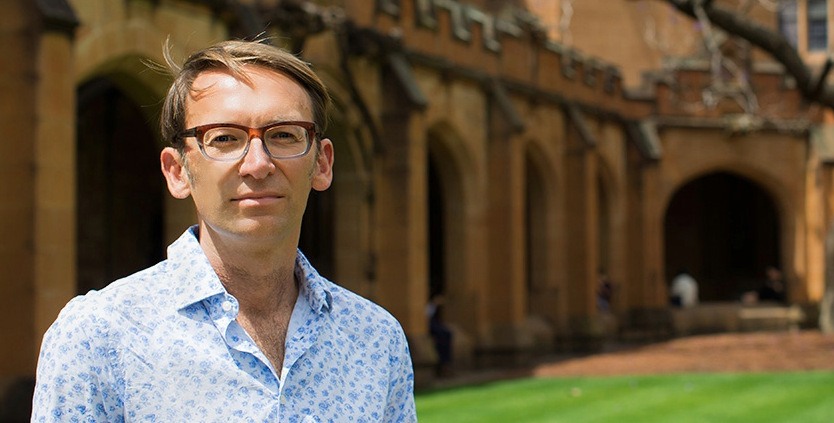
Medical research and advanced mathematics are usually considered separate disciplines. But for one WUN collaboration, bringing maths and biology together could hold the key to understanding how cells in the human body signal to each other, and might potentially unlock the secrets of a range of non-communicable diseases.
Cell signalling in the body is the result of a complex interaction of feedback loops, since each of the body’s processes has its own unique timescale – from neurons that fires in milliseconds to eating, sleeping and reproductive cycles. The team of experts from three WUN universities – the University of Auckland, the University of Bristol and the University of Sydney – is investigating how these complicated feedback loops can lead to problems in cell signalling, causing conditions such as Alzheimer’s disease, diabetes, epilepsy and asthma.
“Our aim is to understand the functioning and failure of cell signalling in general by analysing mathematical models which have a multiple time-scale structure built into them,” explains Professor Martin Wechselberger, who leads the node of the WUN group based at Sydney.
“When you model these processes, you realise they don’t differ that much between cells. For example, there is an amazingly similar structure in rhythm generation between a heart cell, a neuron and a pancreatic cell. So we are trying to distil that unifying, fundamental mechanism for signalling, to explain its failure.”
According to the researcher, WUN has benefited the project in a number of important ways. It provided the initial framework for the experts in dynamic systems, cell modelling and analysis, and experimental techniques to come together to launch the group in 2012.
From that base, the team has pursued collaborations with experts from non-WUN institutions including the US National Institutes of Health (NIH), one of the world’s pre-eminent medical research centres. “It’s been a great experience to have the chance to build up this network,” he says.
WUN has also provided the platform for the group to convene in person at international workshops. At the most recent gathering, held in 2014 in the Blue Mountains near Sydney, 40 researchers and graduate students from mathematics and biology came together to address the issue of multiple timescale problems in the biosciences.
Another benefit of working as part of WUN has been the capacity to foster the skills of postgraduate students: “Through WUN we have a very strong network structure from Auckland and Sydney, with each institution sending their students to one another to study, exposing them to more than one supervisor.”
The priority for the group now is to expand the network further, using its current nodes in New Zealand, Australia, the UK and the US to seek out additional external partners from a range of disciplines, especially laboratory researchers.
“You need a multi-pronged approach rather than looking at the problem from just one angle,” says Professor Wechselberger. “If we have more people looking at a class of problem from different perspectives and using different techniques – from pure mathematics to biology to data – you will potentially see the same patterns showing up over and over again. Working on your own isn’t enough.”
Read more about the WUN Mathematics of Non-communicable Diseases: Understanding failure of cell signalling project.